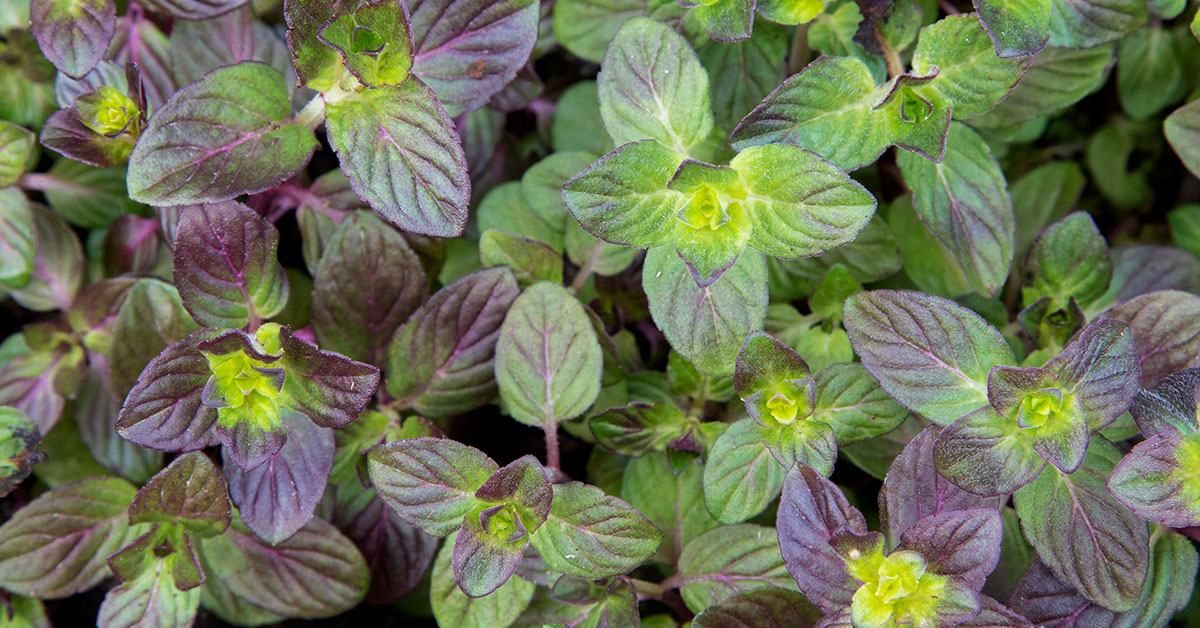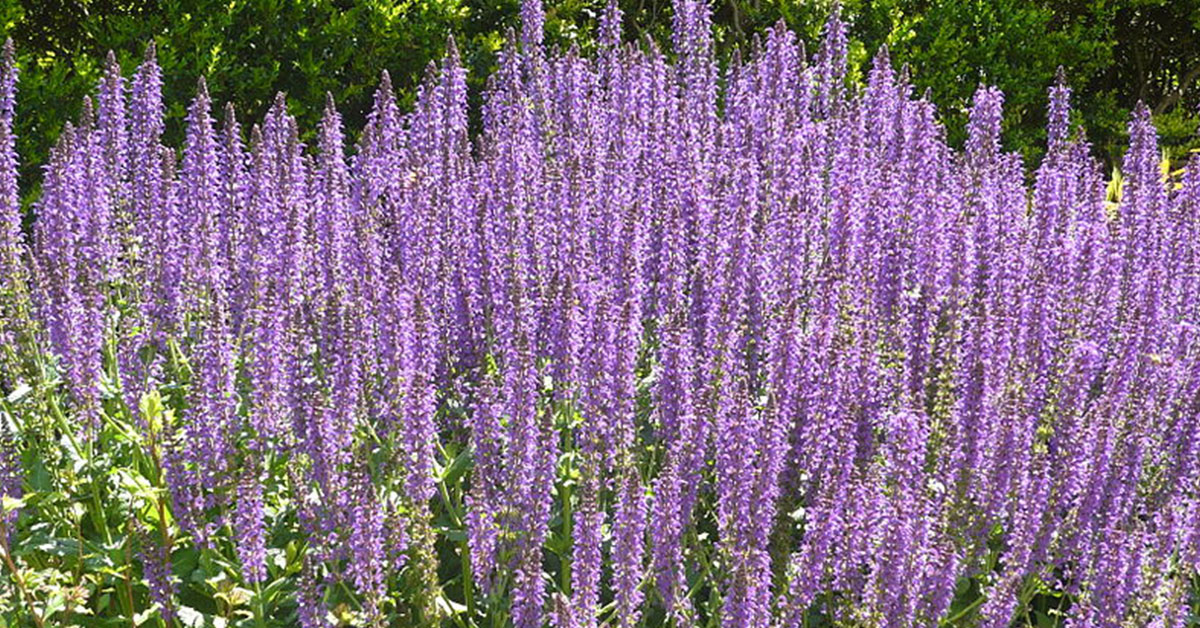Growing an organic garden filled with medicinal plants is incredibly rewarding. Not only do these plants provide natural remedies for a variety of ailments, but they also add beauty and biodiversity to your garden. From calming teas to soothing salves, the possibilities are endless with these versatile herbs.
As a gardener, there’s nothing more satisfying than stepping outside and harvesting fresh herbs to make your own medicines. It’s empowering to know exactly what goes into the remedies you use. Let’s explore twelve essential medicinal plants that are perfect for your organic garden, each offering unique benefits and growth habits.
Chamomile (Matricaria chamomilla)
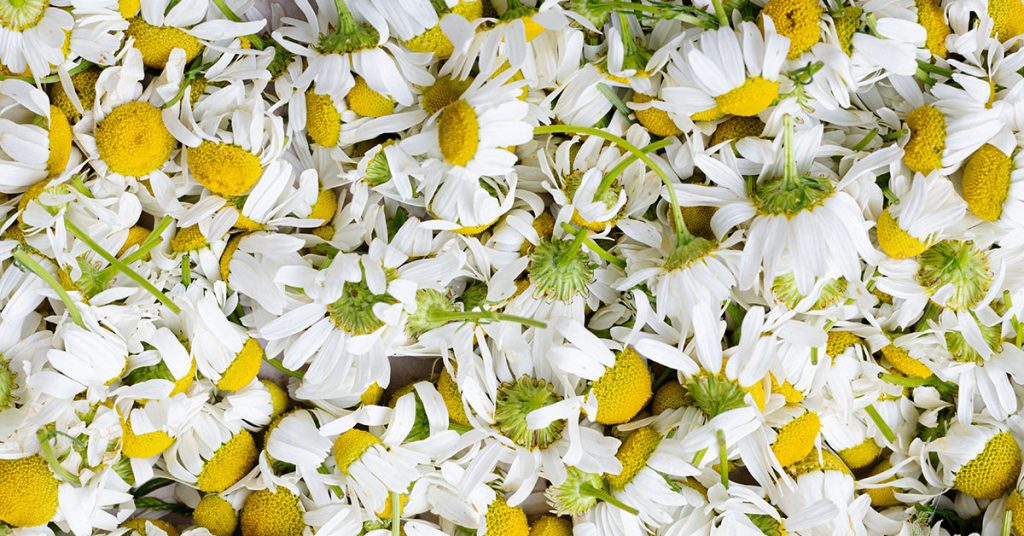
Chamomile is a gentle and soothing herb often used to make calming teas. Known for its anti-inflammatory and antispasmodic properties, chamomile is effective in treating digestive issues, anxiety, and insomnia. This plant thrives in full sun and well-drained soil, and it’s relatively easy to grow from seed. Its daisy-like flowers are not only pretty but also beneficial.
Harvesting chamomile flowers is a joy, and they can be used fresh or dried. The sweet, apple-like scent of the blossoms adds a delightful fragrance to the garden. Chamomile’s ability to calm both the mind and body makes it an essential addition to any medicinal garden.
Peppermint (Mentha piperita)
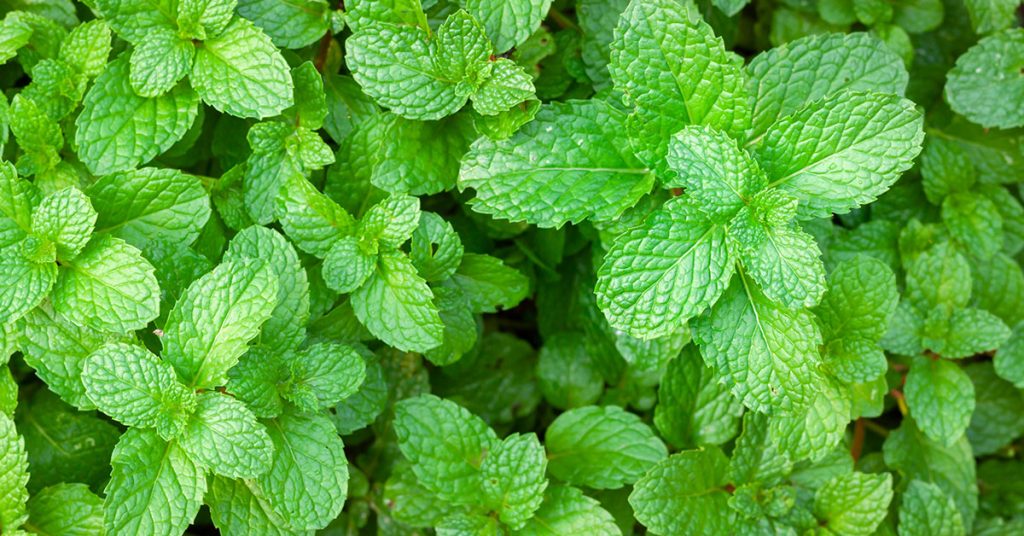
Peppermint is a robust herb known for its digestive and soothing properties. It’s commonly used to alleviate digestive issues, headaches, and respiratory problems. Peppermint grows vigorously and spreads quickly, so it’s best planted in containers or designated garden areas to control its growth. It prefers partial shade and moist, well-drained soil.
The refreshing scent and flavor of peppermint make it a versatile herb for both medicinal and culinary uses. Fresh leaves can be harvested throughout the growing season and used in teas, salads, and desserts. Its vigorous growth and multipurpose use make peppermint a staple in any organic garden.
Aloe Vera (Aloe vera)
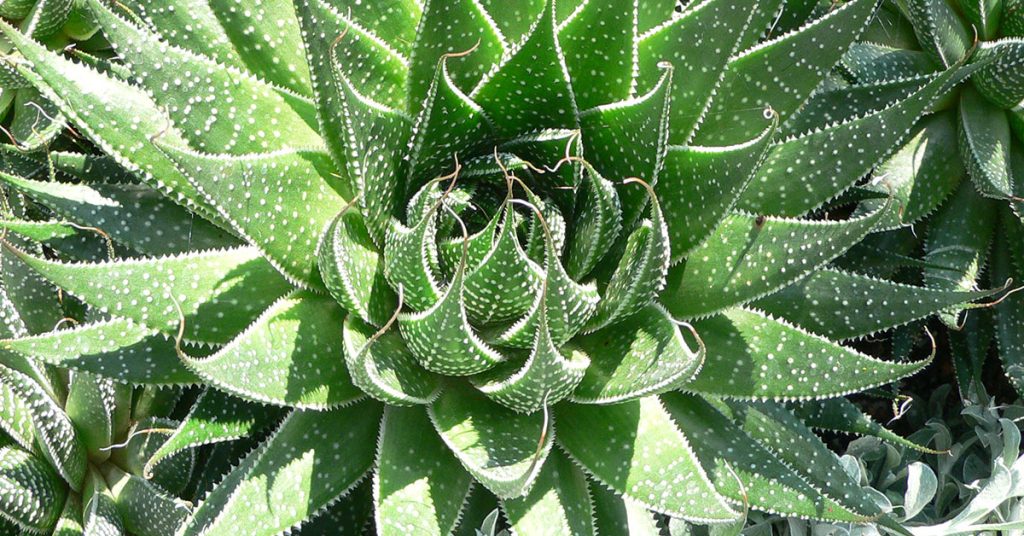
Aloe Vera is a succulent plant renowned for its soothing and healing properties, particularly for skin issues. The gel from its leaves is commonly used to treat burns, cuts, and other skin irritations. Aloe Vera thrives in warm climates and prefers well-drained, sandy soil and plenty of sunlight. It’s a low-maintenance plant that can also be grown indoors in pots.
Having Aloe Vera on hand is invaluable for quick skin remedies. Just cut a leaf, extract the gel, and apply it directly to the skin for instant relief. Its ability to thrive with minimal care makes Aloe Vera an excellent choice for busy gardeners.
Lavender (Lavandula angustifolia)
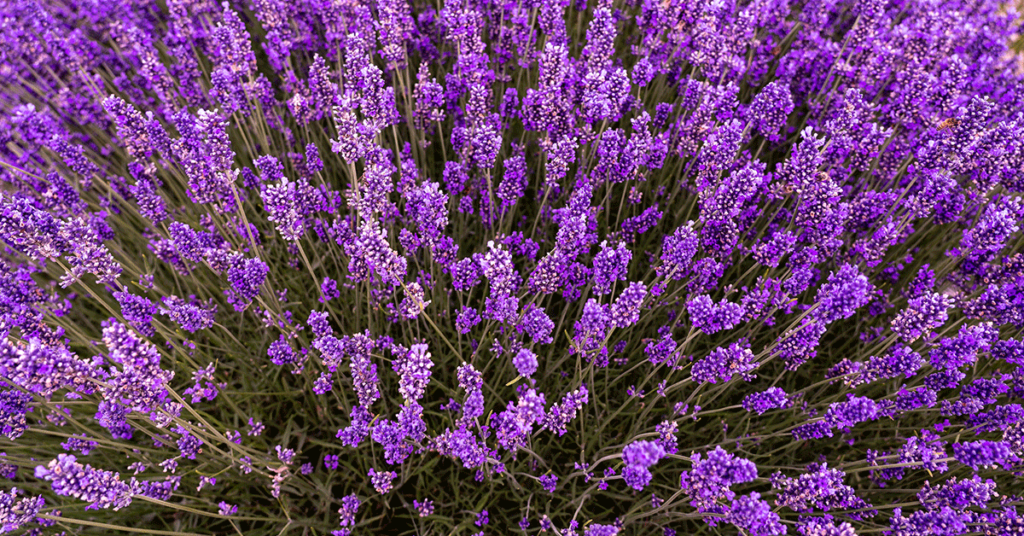
Lavender is a beloved medicinal plant known for its calming and relaxing properties. It’s often used to relieve stress, anxiety, and insomnia. Lavender produces beautiful purple flowers and thrives in full sun and well-drained soil. It’s drought-tolerant once established, making it an excellent choice for low-maintenance gardens.
The soothing aroma of lavender is perfect for making sachets, essential oils, and bath products. Growing lavender not only enhances the beauty of your garden but also provides a steady supply of this versatile herb. Its calming effects make it a must-have for any herbalist.
Echinacea (Echinacea purpurea)
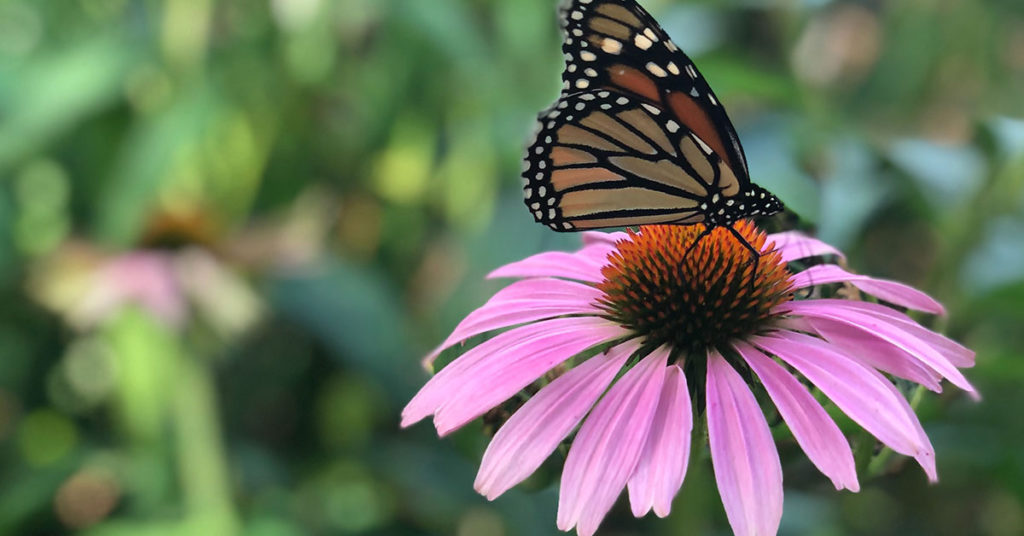
Echinacea, commonly known as coneflower, is a popular medicinal plant known for its immune-boosting properties. It’s often used to prevent and treat colds, flu, and infections. Echinacea has striking pink or purple daisy-like flowers that bloom from mid-summer to fall. It thrives in full sun and well-drained soil, making it a hardy and low-maintenance addition to the garden.
The bold, showy blooms of echinacea not only add a pop of color to your garden but also provide essential medicinal benefits. Harvesting the roots, leaves, and flowers allows you to make teas, tinctures, and extracts that support overall health and wellness.
Calendula (Calendula officinalis)

Calendula, also known as pot marigold, is a versatile medicinal plant with vibrant orange and yellow flowers. It is known for its anti-inflammatory, antimicrobial, and skin-healing properties. Calendula is often used in salves, creams, and teas to treat wounds, rashes, and other skin irritations. It grows well in full sun and prefers well-drained soil. Regular deadheading encourages continuous blooming throughout the growing season.
Calendula’s flowers can be harvested and dried for later use, providing a steady supply of this healing herb. Additionally, it attracts beneficial insects to the garden, promoting a healthy ecosystem. Calendula’s beauty and utility make it an invaluable addition to your organic garden.
Lemon Balm (Melissa officinalis)
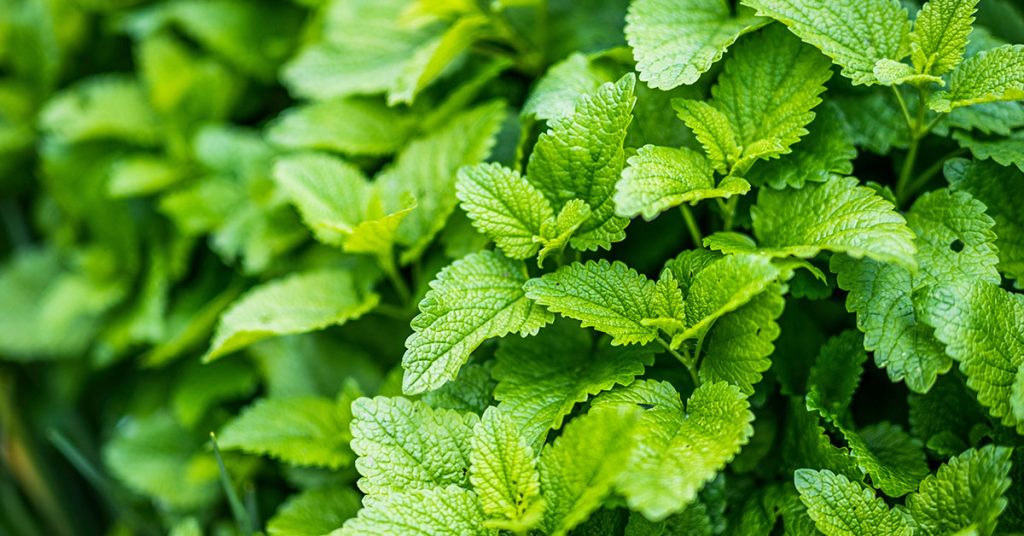
Lemon Balm is a fragrant herb known for its calming and antiviral properties. It’s often used to treat anxiety, insomnia, and cold sores. Lemon Balm thrives in full sun to partial shade and prefers well-drained soil. It can be grown in garden beds or containers and quickly establishes itself.
The fresh, lemony scent of Lemon Balm is perfect for making teas and tinctures that soothe the nerves and uplift the spirit. It also attracts bees and other beneficial insects, promoting a healthy garden ecosystem. Lemon Balm’s ease of growth and multiple uses make it a favorite among gardeners.
Yarrow (Achillea millefolium)
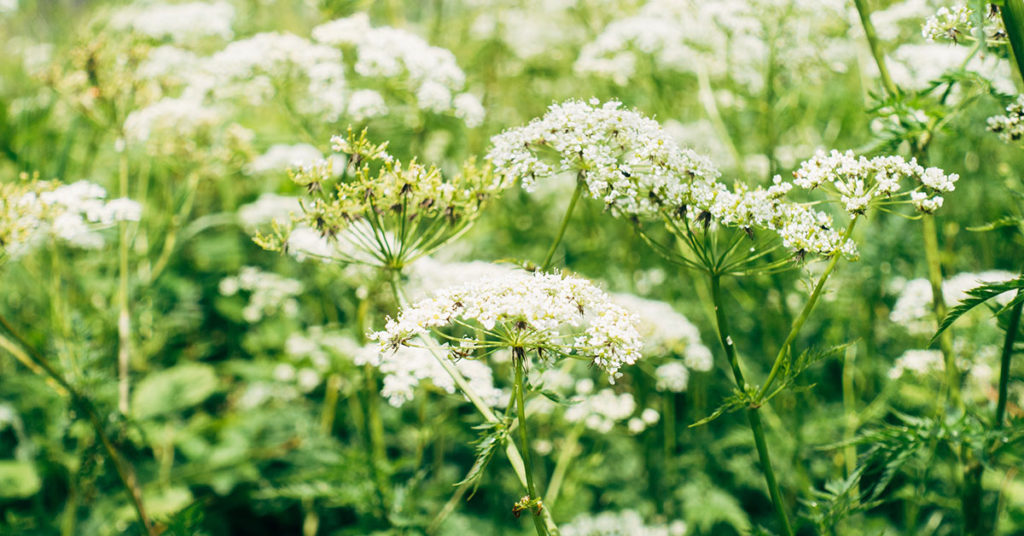
Yarrow is a hardy perennial herb known for its wound-healing and anti-inflammatory properties. It’s often used to treat cuts, bruises, and digestive issues. Yarrow grows well in full sun and well-drained soil and is relatively drought-tolerant once established. It produces clusters of small, white, or pink flowers that bloom from late spring to fall.
Yarrow’s resilience makes it an excellent addition to any garden. Its flowers can be used fresh or dried in teas and salves that promote healing. Yarrow also attracts beneficial insects, helping to maintain a balanced garden ecosystem.
Rosemary (Rosmarinus officinalis)
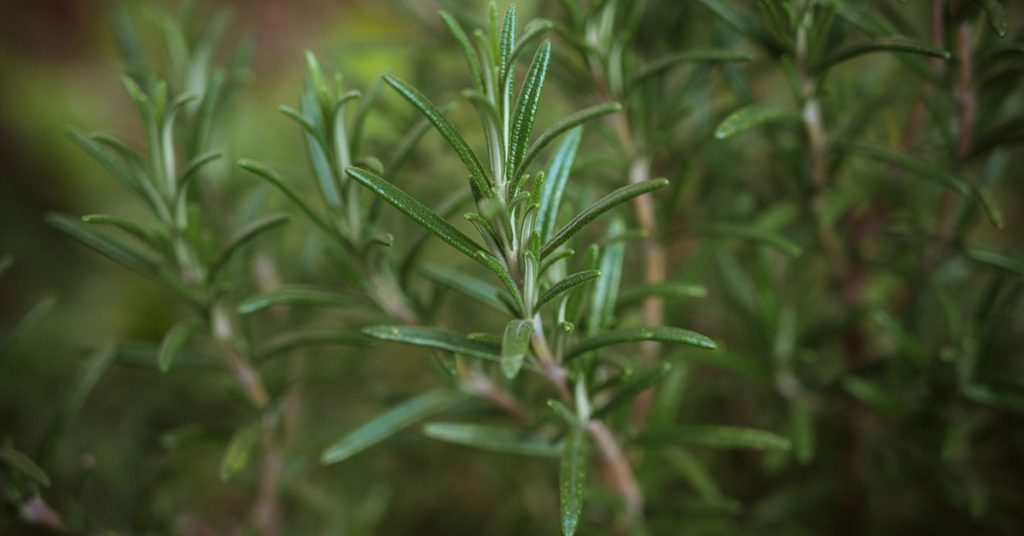
Rosemary is an aromatic herb known for its cognitive and circulatory benefits. It’s often used to improve memory, boost circulation, and alleviate muscle pain. Rosemary thrives in full sun and well-drained soil and is relatively drought-tolerant once established. It produces fragrant, needle-like leaves and blue flowers.
The invigorating scent of Rosemary is perfect for making teas, essential oils, and culinary dishes that promote health and vitality. Growing Rosemary enhances the beauty of your garden and provides a steady supply of this versatile herb. Its hardy nature and wide range of uses make it a valuable addition to any garden.
Sage (Salvia officinalis)
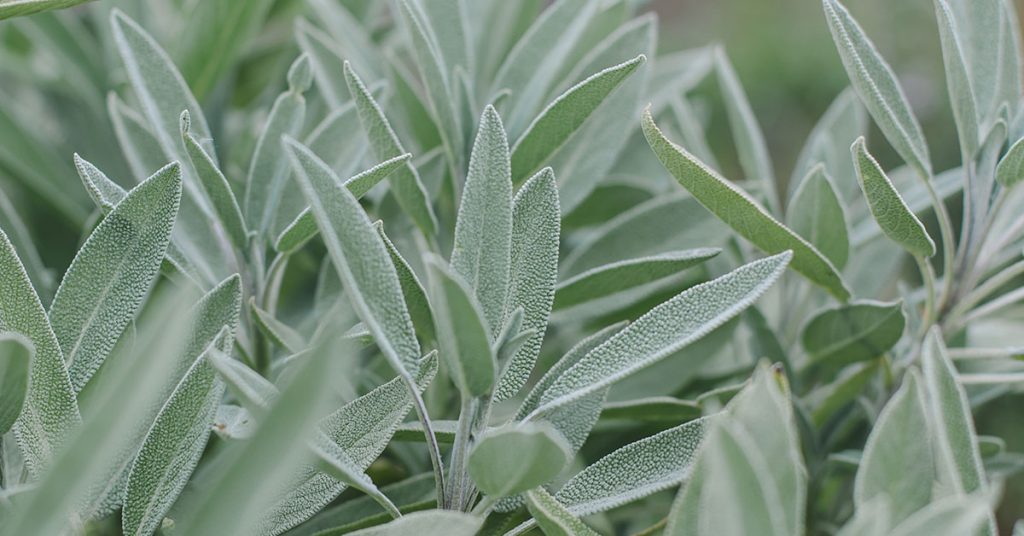
Sage is a versatile herb known for its antimicrobial and anti-inflammatory properties. It’s often used to treat sore throats, digestive issues, and skin conditions. Sage thrives in full sun and well-drained soil and is relatively easy to grow. It produces fragrant, gray-green leaves and purple flowers in late spring to early summer.
Sage’s earthy aroma and flavor make it a staple for both medicinal and culinary uses. Its hardy nature and ease of growth ensure that you’ll have a steady supply of this potent herb. Sage’s medicinal benefits and culinary versatility make it an essential plant for any organic garden.
Thyme (Thymus vulgaris)

Thyme is a robust herb known for its antiseptic and antimicrobial properties. It’s commonly used to treat respiratory issues, digestive problems, and infections. Thyme prefers full sun and well-drained soil and is relatively low-maintenance. It produces small, aromatic leaves and tiny, pink or white flowers.
Thyme’s versatility in the kitchen and medicine cabinet makes it a must-have. It’s fantastic for making teas and tinctures that support respiratory health. Growing Thyme in your garden ensures you have a steady supply of this potent herb year-round.
St. John’s Wort (Hypericum perforatum)
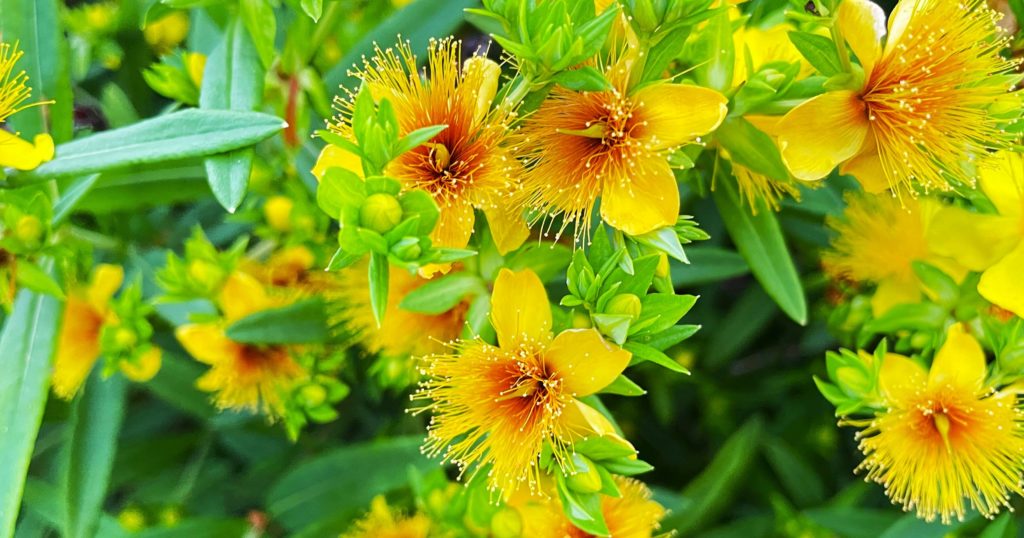
St. John’s Wort is a medicinal herb known for its antidepressant and anti-inflammatory properties. It’s often used to treat depression, anxiety, and nerve pain. St. John’s Wort prefers full sun and well-drained soil, and it produces bright yellow flowers that bloom in mid-summer.
St. John’s Wort’s bright, cheerful blooms and medicinal benefits make it a valuable addition to any garden. It’s excellent for making tinctures and oils that support mental health and well-being. Growing St. John’s Wort ensures you have access to this powerful herb whenever you need it.
